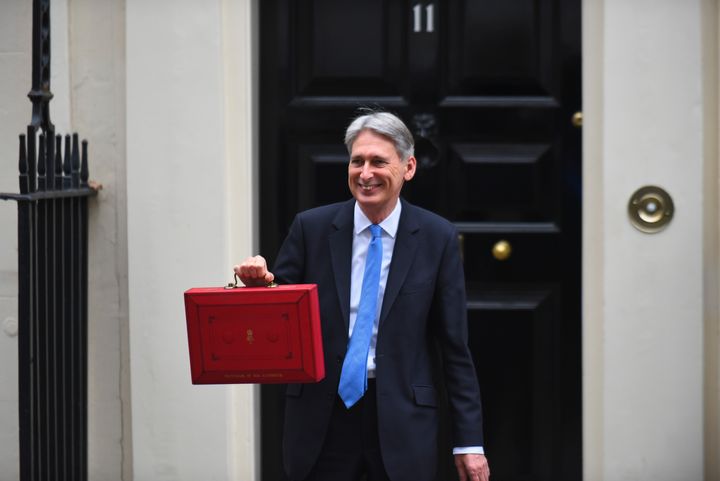
With the Budget coming out this Monday, let’s hope the government is willing to commit the level of funding its own strategy requires to put a stop to violence against women and girls.
The Chancellor pledged an additional £20m in the 2017 Spring Budget, bringing the total allocated for the Violence Against Women and Girls strategy to £100m over the course of 2016 to 2020.
However, this falls far short of the economic cost of violence against women and girls to society.
Domestic and sexual violence is estimated to cost the public and private sectors £15.7 billion and £8.4 billion per year respectively, taking into account the burden on the criminal justice system, civil legal services, healthcare, social services, and housing and refuges, as well as lost productivity and economic output in the private sector. When factoring in the emotional and human cost to the victim, a Home Office report stated that each adult rape costs society £96,000.
Some 23,000 women a week, equivalent to 4.3 million a year, are estimated to suffer from domestic abuse in England and Wales – defined as non-physical abuse, threats, force, sexual assault or stalking by a partner. 3.4 million women are victims of sexual violence over the course of their lifetimes.
Theresa May has said she sees tackling domestic violence as a “personal priority”. A government consultation on the forthcoming Domestic Violence Bill states that the government intends to “address it at every stage from prevention through to rehabilitation”.
The public sector budget for violence against women and girls is intended to cover refuges and accommodation, additional provision for women with complex needs, rape support centres, and helplines.
Yet a recent investigation conducted by the Bureau of Investigative Journalism showed that local authorities across England have cut spending on domestic violence refuges by nearly a quarter (24%) since 2010. The additional funding allocated in March was not spread evenly, creating what the Bureau termed a “postcode lottery”. 50 local authorities – covering 15 per cent of the adult female population – received nothing.
Sexual violence services were also excluded from the additional £20m. In 2015/16, just 13 out of 46 Rape Crisis Centres were funded by Clinical Commissioning Groups (CCGs), which the government’s own strategy says play “a vital role in local commissioning of services to tackle VAWG”. This has now plummeted to single figures, leaving the vast majority without any NHS funding.
The government should place stronger emphasis on prevention in their VAWG strategy, in line with the guidance set out by the Women and Equalities Committee to implement Relationships and Sex Education in schools.
However, the framing of the additional funding allocated to VAWG, women returning to work, and celebrations to mark the centenary of women’s suffrage in honour of International Women’s Day demonstrates their continued failure to understand or acknowledge the disproportionate effect of austerity on women.
Since the beginning of austerity policy in 2010, we have highlighted the disproportionate effect of public sector cuts on women, who make up the majority of the public sector workforce and often bear the brunt of changes in benefit schemes. Women are seen to benefit from specific measures directed at them while the gendered impacts of mainstream policies around taxation, benefits, and public spending are not considered.
Canada, France, Japan, Australia, Austria, Belgium, Finland, Iceland, Korea, Spain, Sweden all have gender budgeting initiatives of some form worked into their government economic strategy: why is the UK not on that list?
All figures are from the Women’s Budget Group Pre Budget Briefing on Violence Against Women And Girls unless otherwise stated.
